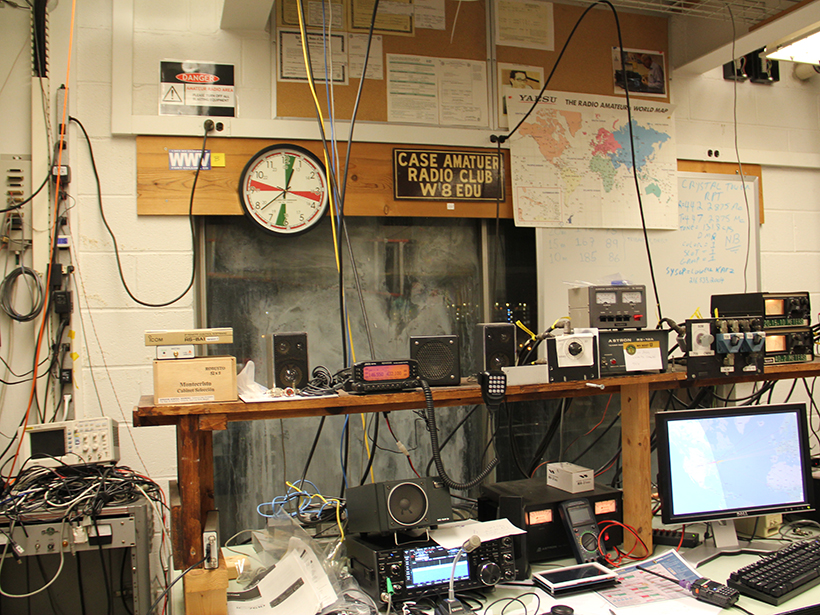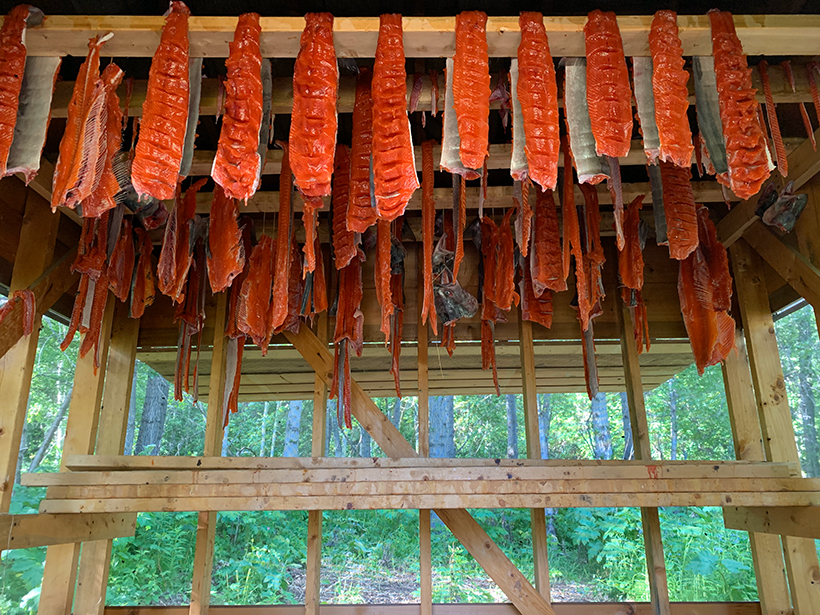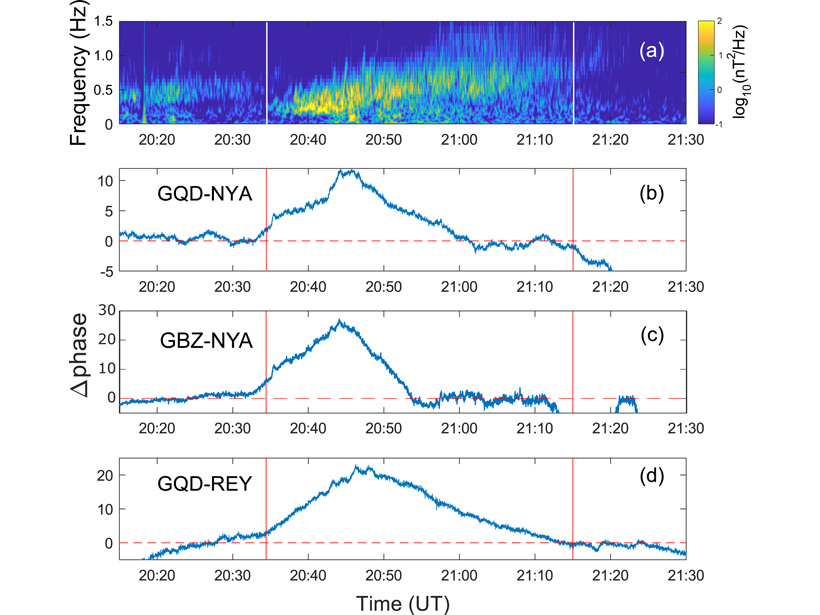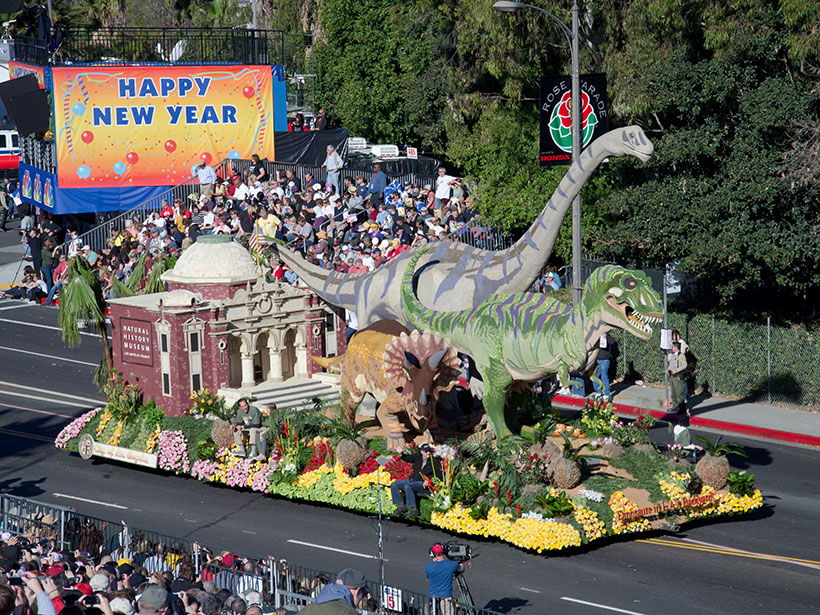Scientific insights from the Agricultural Research Service’s long-term study sites underpin dozens of models and research methods that guide global land management and conservation practices.
monitoring networks
Ham Radio Forms a Planet-Sized Space Weather Sensor Network
For researchers who monitor the effects of solar activity on Earth’s atmosphere, telecommunications, and electrical utilities, amateur radio signals a golden age of crowdsourced science.
Network Connects Indigenous Knowledges in the Arctic and U.S. Southwest
Indigenous Peoples from the Arctic and the U.S. Southwest have joined together to tackle issues of food sovereignty in two environmental extremes. Their bond led to a swift response to COVID-19.
Tracing the Moisture That Nourishes the World’s Highest Glacier
Using data from weather stations on and around Mount Everest, scientists find that the Khumbu Glacier receives most of its moisture from the Bay of Bengal.
Wildfires Threaten West Coast’s Seismic Network
A dense seismic network keeps vigil over the western United States, sensing quakes soon after they begin so people nearby can brace themselves. How do wildfires affect these guardians of the West Coast?
Radon Enrichment in the Volcanic Plume of Mount Etna
More than 70 passive sensors on Mount Etna have captured the first radon measurements in volcanic plumes and show that radon could affect people around volcanoes.
Decrease in Lightning Recorded over the Lower 48
Researchers mining data from the National Lightning Detection Network found a 32% decrease in lightning counts in May and June 2020 compared with previous years.
All Hands on Deck to Catch Ion Cyclotron Waves
An international armada of orbiting satellites and ground VLF network join forces to form a “magnetosphere-ionosphere observatory” to size up electromagnetic ion cyclotron waves in the magnetosphere.
Eyes in the Sky Improve Pollen Tracking
Physicians, public health officials, and experts in remote sensing and ecology recently met to identify ways that satellites, webcams, and crowdsourced science could help them manage asthma and allergies.
Everything’s Coming Up Roses for Pasadena Seismologists
Using fiber-optic cables, a new seismic network charts vibrations associated with the Rose Parade’s massive floats and marching bands.










